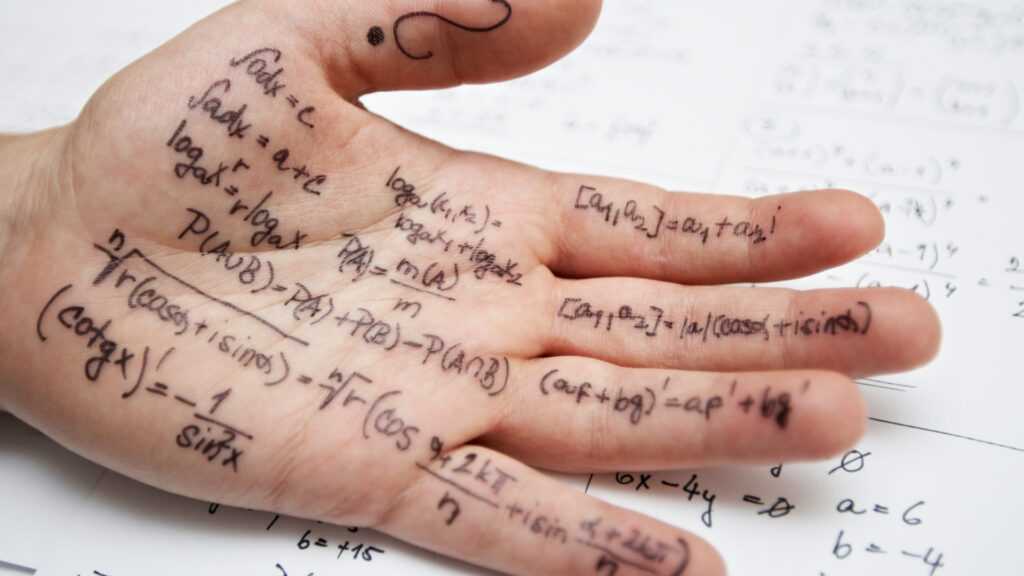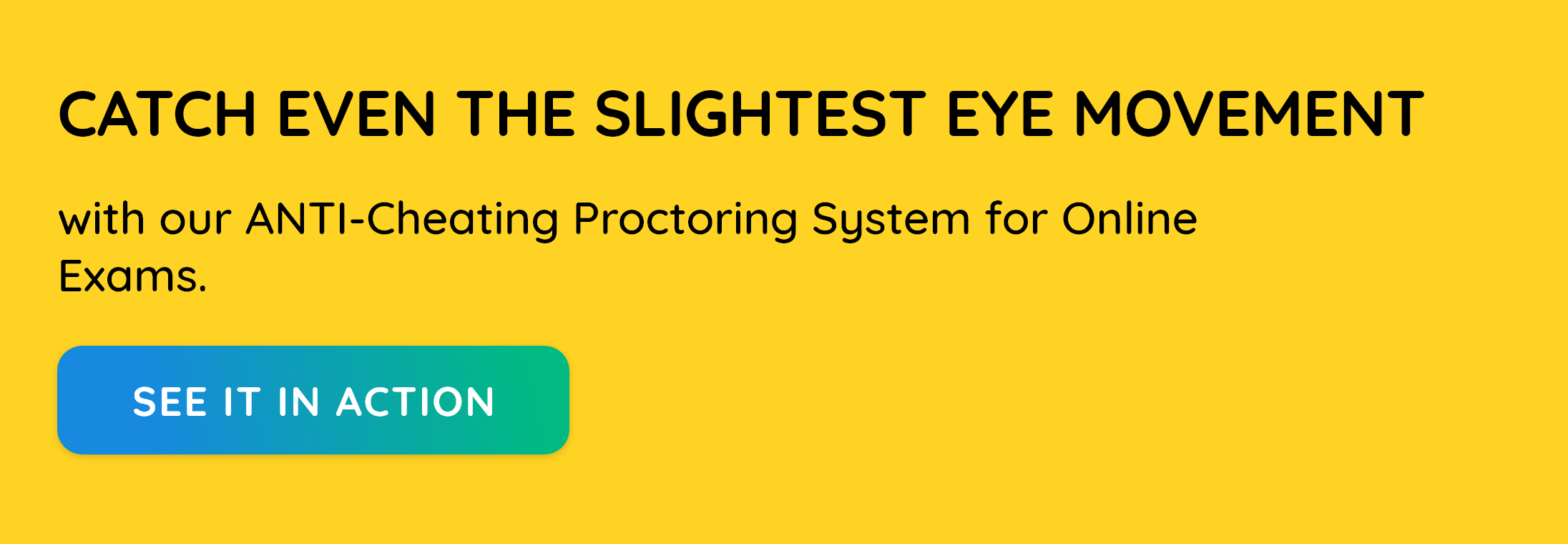Table of Contents
If you’re a student reading this, you can please share it with your teachers or school management. As you will read this piece on how online proctored exams work, you will realize this is actually written for your teachers and school management. However, if you’re a school or an education institutional staff or owner of a tuition center, you have landed at the right place.
We’ve tried to paint a picture of how the whole online proctored exams will look like. It also tells you at the same time your responsibilities as exam authority and how you can prepare your examinees for online proctored exams.
What are Online Proctored Exams?
In case you don’t know, proctored exams are timed exams that you take while proctoring software monitors your computer’s desktop along with webcam video and audio. The data recorded by the proctoring software is transferred to a proctoring service for review. Proctored exams may or may not be required for your course and enrolment track.
So essentially, an online proctored exam is like any other exam but with an online infrastructure to support all the associated activities. And most importantly, invigilation, in order to maintain the sanctity of the exam room.
If you want to read in more detail about proctoring online, you can read our detailed article on what is a proctor.
Online Proctored Exam Software: How do they work?
Now that we know what exactly online proctored exams mean, let’s see how it works.
If you read the headline, you will notice the word “software”. A reliable, robust, and dynamic software is at the heart of any online proctoring.
Usually, the whole infrastructure is driven by a cloud-based system. Although some old organizations still rely on age-old legacy systems, it’s almost unimaginable to see how online proctoring will work without a cloud-based system given the rise of e-learning across the globe.
Authentication of the Candidate

Like offline proctoring, online proctoring also begins with authentication. The online proctoring software checks the examinee’s authenticity and eliminates suspicious behavior during the exam.
Even before the exam starts, the software ensures that the candidate is sharing a screen with video and audio recording. Impersonation is also improbable. The online proctoring system usually requires students to present their photo IDs at the beginning of every test. Only after proctors have authenticated their identities that the test commences.
Real-time monitoring of Candidates
Then the next step involves monitoring candidates while they are taking the exam. Usually, an algorithm consistently monitors candidates to flag any doubtful case. For instance, our own software Dr. Proctor is driven by an AI-algorithm which can flag cases including but not limited to incidences in which a candidate is not appearing on the screen or if a mobile phone is detected, or even unusual movement of the eye or any additional person in the room.
Data Storage and Review
Although the flag raised is real-time, the audio and video recording data of the exams are stored on the cloud. So, after the exams are over, you or your team can review the cases again.

Can your Candidates cheat during an Online Exam?

You’re not the first one asking this. In fact, in our experience, this is the most asked question from our sales team.
What if your candidate searches for an answer on the web? What if they have opened an eBook or a material on the screen? Or what if they have a mobile phone nearby? Or a person sitting next to the candidate in the exam room?
Before answering your question, we must assure you is that none of that is going to happen with an online proctoring exam.
For instance, our proctoring software ensures that the web search function is disabled. At the same time, the screen sharing feature enables your invigilator to consistently monitor the exam. Even if it’s missed, all the recordings are stored online for you to review.
Digital proctoring services have likely rendered cheating impossible for students as they cannot bypass the security framework.

DO’s and DON’Ts of an Online Proctored Exam
This section is as useful for you as your candidates.
If you’re conducting an exam for your students, you need to tell them to use their personal computers or laptops with recommended specifications. You also need to ask them to use a place with good internet connectivity.
Here are some dos for your students that you must share with them before the exam starts:
- It’s essential to have a webcam and mic on which a candidate is taking an exam.
- It’s also recommended that students are seated with a plain background.
- Ensure proper lighting in the room.
- The room must be as quiet as possible.
- Ensure that during the exam you should remain alone in the room.
- Keep a sufficient number of sheets before the beginning of the examination.
Also, here’s what your candidates must avoid:
- Ask your students to not try to navigate from the exam window as your exam screen window will be proctored for the entire exam. If any suspicious activity is observed during the exam, the exam will stand canceled.
- Ensure that your candidates know that they are not allowed to talk to anyone during your exam.
- Also, your candidates are not allowed to use any digital device including mobile phones or Bluetooth speakers during the exam. If the same is observed, then it will be considered malpractice.
- Ask your students to not use multiple devices at the same time because if the system detects this the exam can be terminated for that candidate.
- A test screen appears before the exam begins. It’s essential that the candidates don’t leave the test screen.


